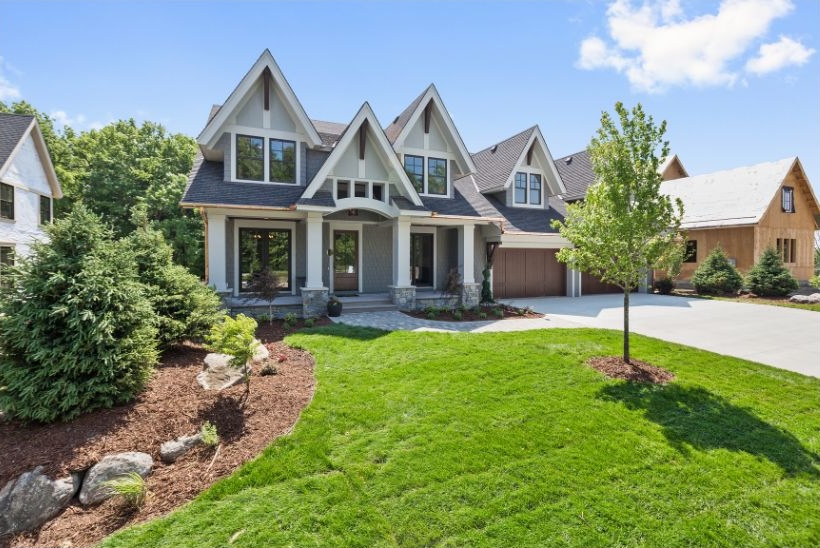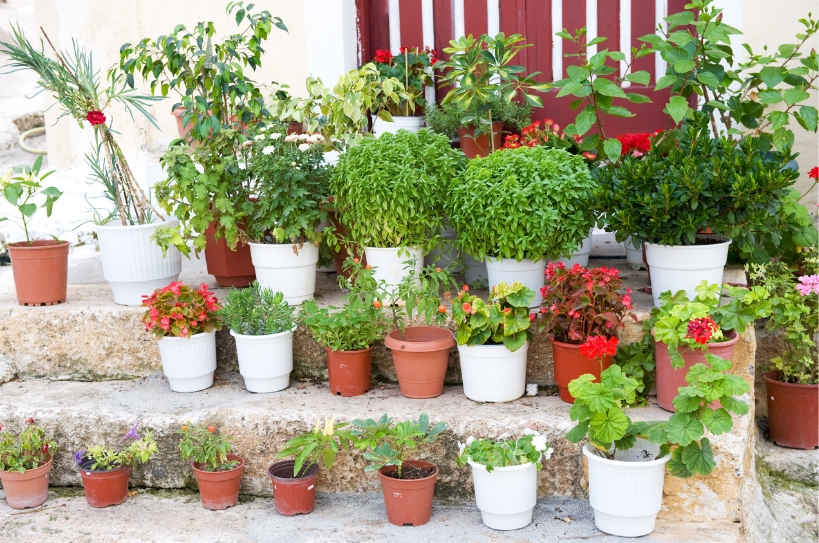A beautiful garden enhances your home’s curb appeal and provides a relaxing outdoor space, but maintaining it can be time-consuming and labor-intensive. Creating a low-maintenance garden allows you to enjoy the benefits of a lush, attractive landscape without spending countless hours on upkeep. Here are some tips and strategies for designing a garden that requires minimal maintenance.
1. Plan Your Garden Layout
Careful planning is the foundation of a low-maintenance garden. A well-thought-out layout ensures that your garden will be easy to care for and will thrive with minimal intervention.
- Assess Your Space: Consider the size, shape, and conditions of your garden area. Take note of sunlight, shade, and soil type to choose appropriate plants and design elements.
- Define Areas: Divide your garden into functional zones, such as flower beds, vegetable patches, and seating areas. Clear boundaries help manage maintenance tasks and prevent overgrowth.
- Pathways and Borders: Install pathways and borders to define garden areas and reduce the need for weeding and mowing. Use materials like gravel, mulch, or pavers for easy upkeep.

2. Choose Low-Maintenance Plants
Selecting the right plants is crucial for a low-maintenance garden. Opt for hardy, drought-tolerant species that require minimal care.
- Native Plants: Native plants are adapted to your local climate and soil, making them easier to care for. They are also more resistant to pests and diseases.
- Perennials: Perennials return year after year without replanting, reducing the need for annual planting. Choose varieties that thrive in your specific conditions.
- Drought-Tolerant Plants: Plants like succulents, lavender, and ornamental grasses require less water and are generally low-maintenance.
- Ground Covers: Ground covers like creeping thyme, sedum, and clover reduce weeds and create a lush, low-maintenance landscape.
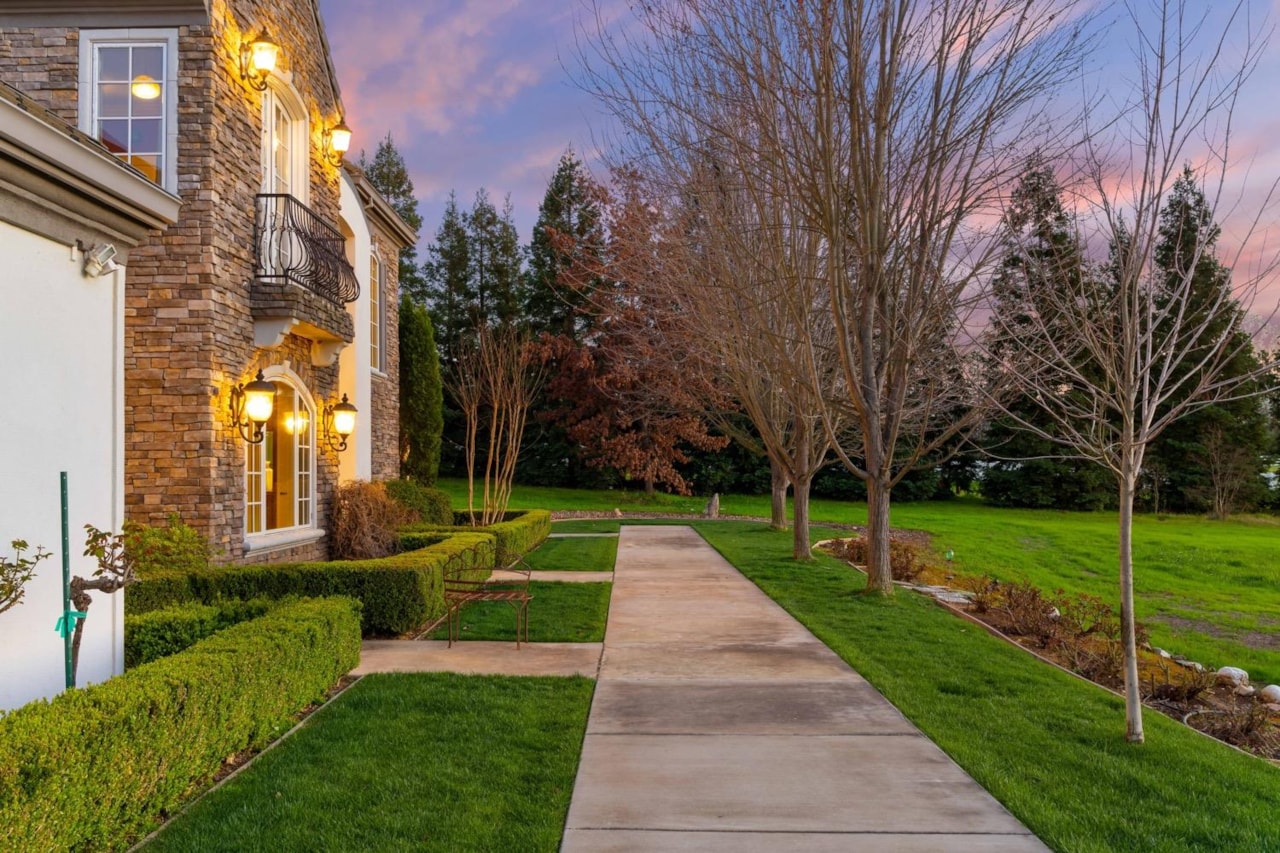
3. Mulch for Weed Control and Moisture Retention
Mulching is an effective way to reduce garden maintenance. It suppresses weeds, retains soil moisture, and improves soil health.
- Organic Mulch: Use organic mulch, such as wood chips, straw, or compost, to improve soil fertility as it decomposes. Apply a thick layer around plants to prevent weed growth.
- Inorganic Mulch: Inorganic mulch, like gravel or stones, provides a long-lasting, low-maintenance option. It doesn’t decompose and requires minimal replenishment.

4. Install Efficient Irrigation Systems
Watering can be one of the most time-consuming garden tasks. Installing an efficient irrigation system ensures your plants get the right amount of water without manual effort.
- Drip Irrigation: Drip irrigation delivers water directly to the plant roots, reducing waste and preventing overwatering. It’s an efficient and low-maintenance option for garden beds and borders.
- Soaker Hoses: Soaker hoses are easy to install and provide consistent, deep watering to plants. Lay them out in your garden beds and cover with mulch for best results.
- Automatic Timers: Use automatic timers to control your irrigation system and ensure your garden gets watered at optimal times without manual intervention.

5. Minimize Lawn Areas
Lawns require regular mowing, watering, and fertilizing. Reducing the size of your lawn or eliminating it altogether can significantly cut down on garden maintenance.
- Replace Grass with Ground Covers: Replace traditional grass lawns with low-maintenance ground covers like clover, creeping thyme, or ornamental grasses.
- Create Hardscaped Areas: Incorporate hardscaped areas like patios, pathways, and gravel gardens to reduce lawn space and maintenance needs.
- Artificial Turf: Consider using artificial turf for a low-maintenance, green lawn appearance without the upkeep.

6. Use Containers and Raised Beds
Containers and raised beds make gardening more manageable and reduce maintenance tasks.
- Container Gardening: Grow plants in containers to control soil quality, reduce weeding, and make watering more efficient. Choose large containers to minimize watering frequency.
- Raised Beds: Raised beds improve drainage, reduce soil compaction, and make gardening more accessible. They also help keep weeds at bay and allow for better control of soil conditions.
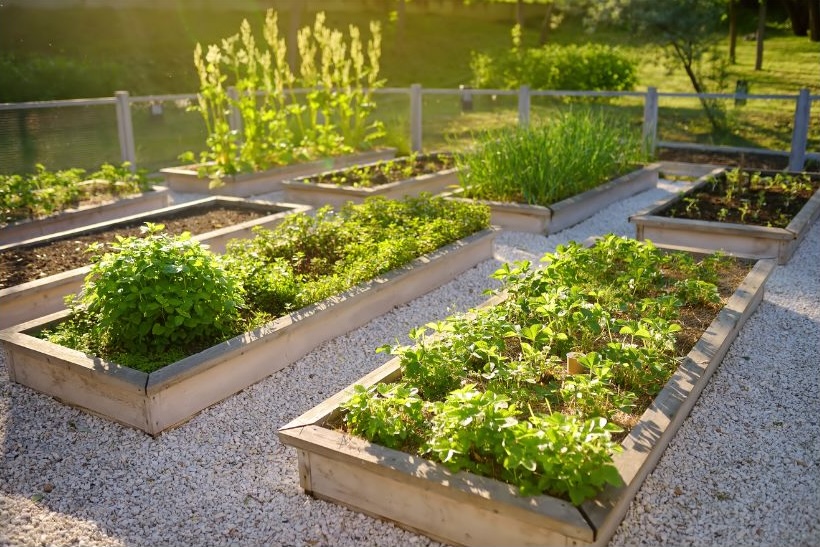
7. Simplify Pruning and Trimming
Pruning and trimming can be labor-intensive, but choosing plants that require minimal pruning can save you time and effort.
- Slow-Growing Shrubs: Opt for slow-growing shrubs and trees that require less frequent pruning. Examples include boxwood, yew, and dwarf varieties of evergreens.
- Compact Varieties: Select compact plant varieties that maintain a tidy shape without constant trimming.
- Self-Cleaning Plants: Some plants, like daylilies and certain roses, naturally shed spent blooms, reducing the need for deadheading.

8. Incorporate Low-Maintenance Features
Adding low-maintenance features to your garden can enhance its beauty and functionality while reducing upkeep.
- Decorative Elements: Use decorative elements like sculptures, water features, and garden art to add interest without adding maintenance tasks.
- Outdoor Furniture: Choose durable, weather-resistant outdoor furniture that requires minimal upkeep. Materials like metal, teak, and resin are good options.
- Lighting: Install solar-powered or low-voltage outdoor lighting for ambiance and security. These options require less maintenance than traditional wired lighting.

9. Practice Sustainable Gardening
Sustainable gardening practices can reduce maintenance needs and promote a healthier garden environment.
- Composting: Composting kitchen and garden waste provides free, nutrient-rich soil amendment and reduces the need for chemical fertilizers.
- Rainwater Harvesting: Collect rainwater in barrels to use for watering your garden. It’s an eco-friendly way to reduce water usage and ensure your plants get natural, chlorine-free water.
- Integrated Pest Management: Use natural pest control methods, like beneficial insects and companion planting, to manage pests without harsh chemicals.
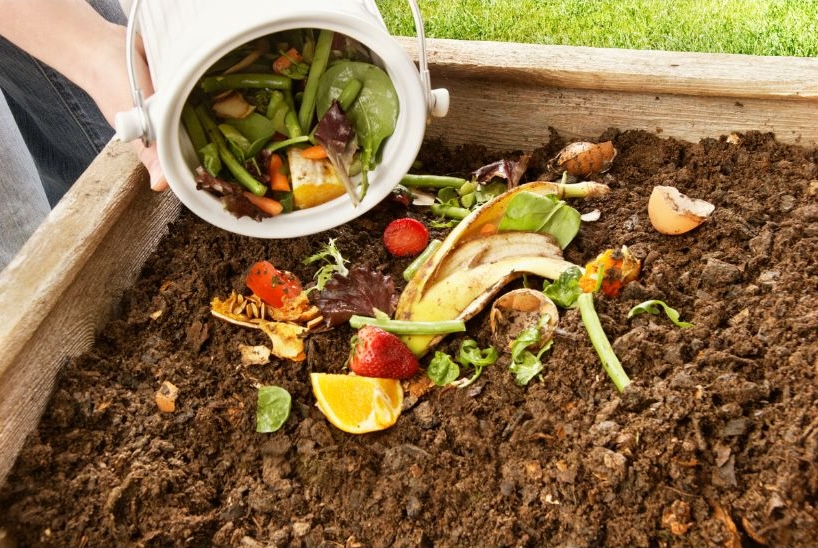
Final Thoughts
Creating a low-maintenance garden involves thoughtful planning, selecting the right plants, and incorporating efficient and sustainable practices. By choosing hardy, drought-tolerant plants, using mulch and efficient irrigation systems, minimizing lawn areas, and incorporating low-maintenance features, you can enjoy a beautiful garden with minimal effort.
Remember to work with nature rather than against it by selecting plants suited to your local climate and soil conditions. With these strategies, you can create a garden that enhances your home’s appeal and provides a relaxing outdoor space without the hassle of constant maintenance


